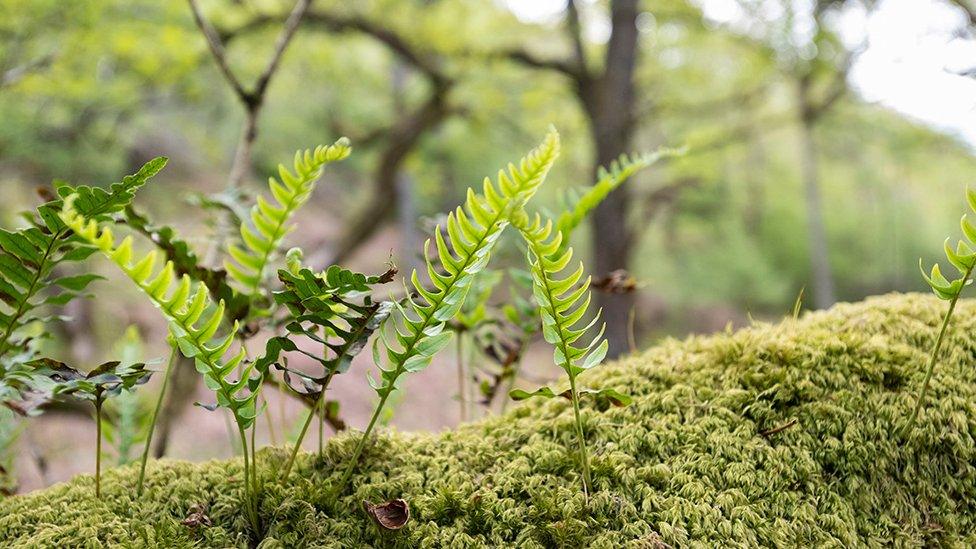Caught on camera: the 'remarkable' species recorded in Cambodia for the first time
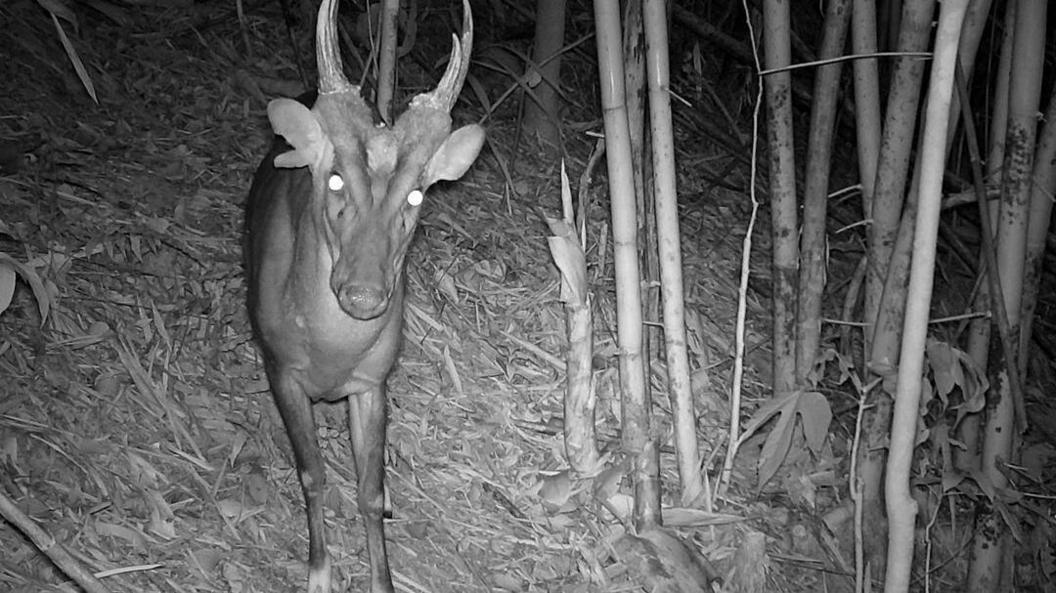
Oh deer! Bet this giant muntjac wasn't expecting a photo opportunity
- Published
A survey of a national park in Cambodia has made "remarkable" discoveries, including some species that hadn't been recorded in the country before.
Animals like pangolins and critically endangered large-antlered muntjacs were found inside Virachey National Park.
The area stretches across Cambodia's northeastern region, bordering Laos and Vietnam and is described as the "Amazon of Asia" by conservation organisation Fauna & Flora.
The park is part of the Annamite Mountain range, which is home to lots of species found nowhere else in the world – and experts say many of these are yet to be discovered!
More amazing conservation stories
The 10 weird and wonderful species conservationists are watching in 2025
- Published7 January
Guide: What are endangered species?
- Published9 June 2022
How conservationists are successfully returning tigers to the wild
- Published13 December 2024
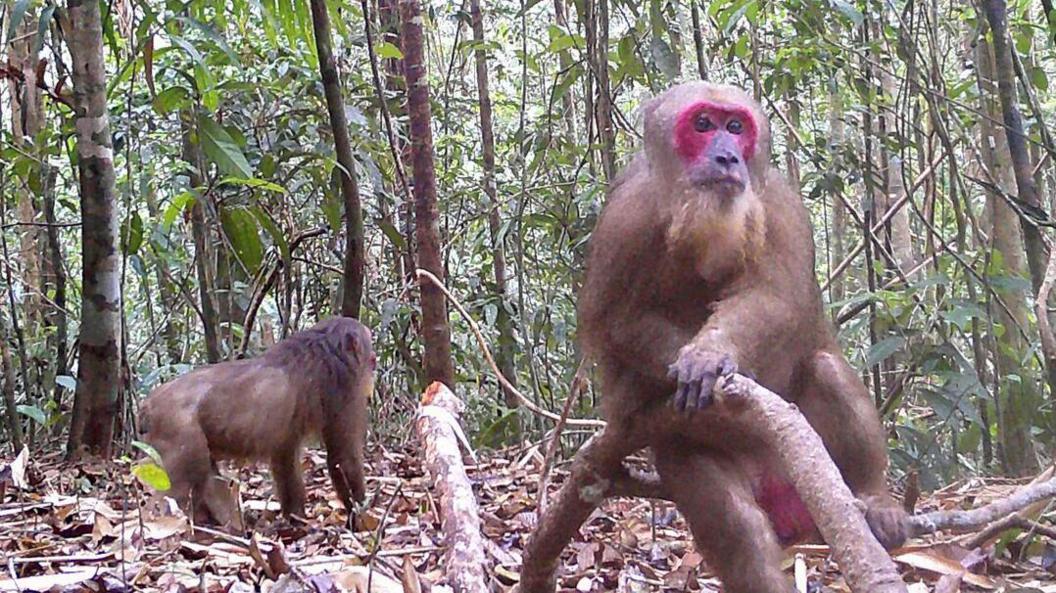
While there was no time for monkey business, these stump-tailed macaques were snapped by a camera during the survey
What species were found inside Virachey National Park?
According to Fauna & Flora, which lead the survey, 89 species were detected.
These included 20 globally threatened ones like the red-shanked douc langur, Sunda pangolin, clouded leopard and sun bear.
The nine species never before recorded in Cambodia included the Sokolov's glass lizard, Vietnamese leaf-toed gecko and two different types of bat.
The park was also confirmed as the most significant stronghold globally for the endangered northern yellow-cheeked gibbon.
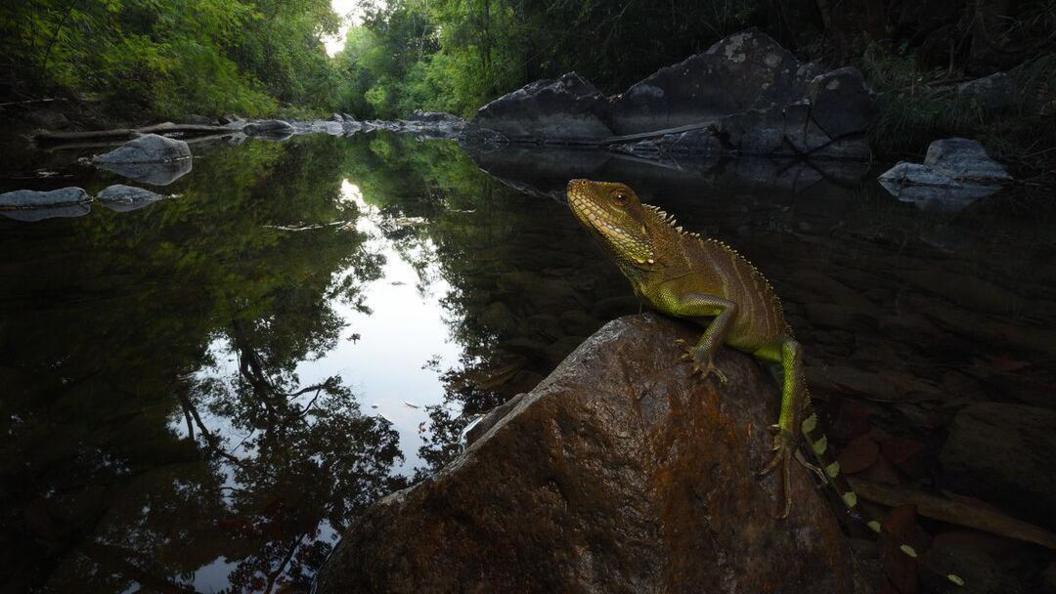
This Indochinese water dragon was ready to strike a pose
What happened during the Virachey National Park survey?
More than 150 cameras were set up to try and record rare animals and ones that are difficult to find.
Local communities helped document animals and plants in the area.
The water was tested using DNA sampling to reveal the number of species living there.
Pablo Sinovas from Fauna & Flora says the work shows how important the park is and why it needs to be protected.
He says it forms part of one of the largest forest landscapes in mainland Southeast Asia, is "a biodiversity hotspot, a vital carbon sink, and home to a rich diversity of indigenous communities".
However, he warned that the region "faces mounting pressures" from the destruction of natural habitats for things like farming.
More stories about the natural world
- Published10 December 2024
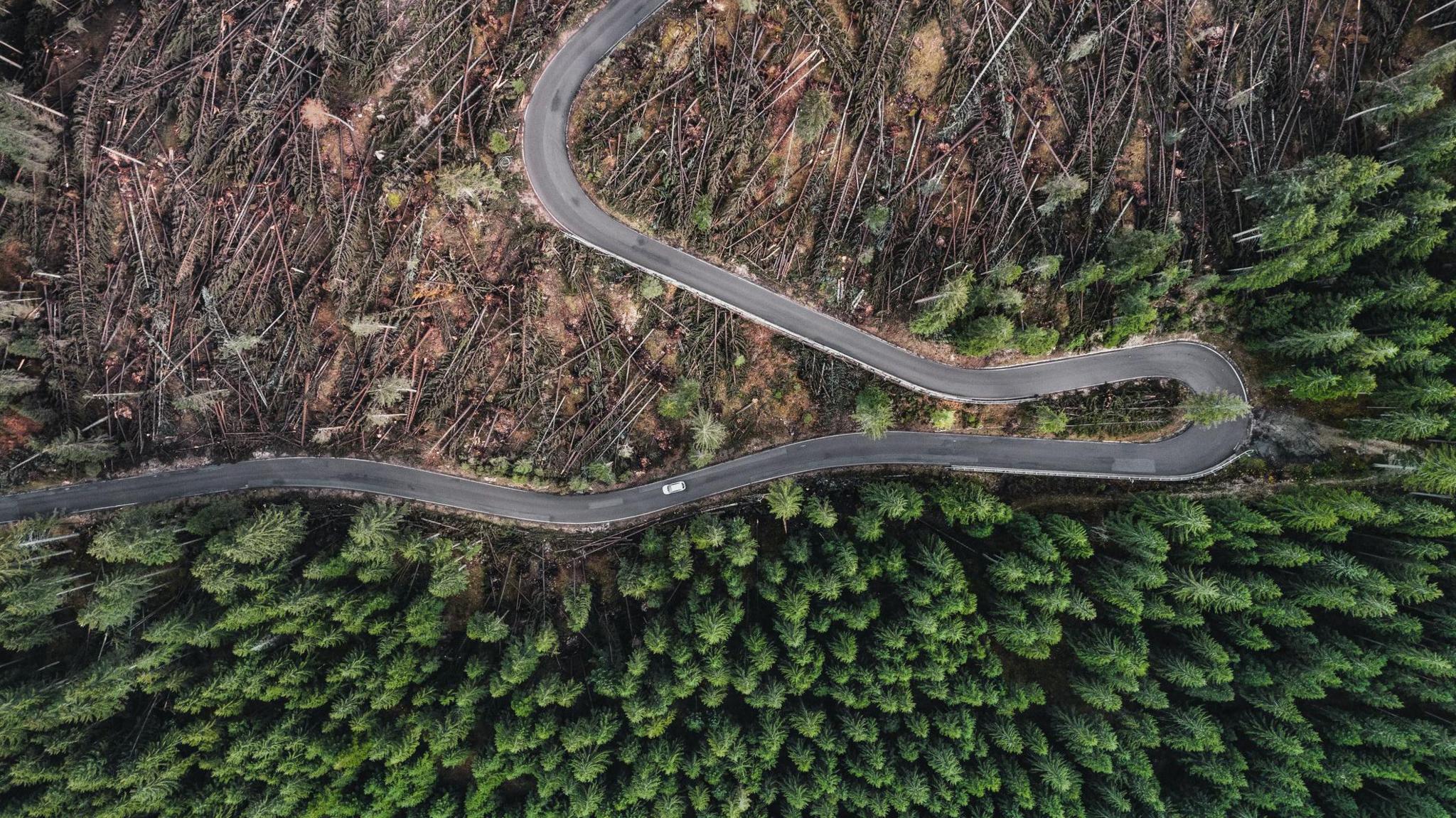
- Published23 January

- Published22 May 2024
